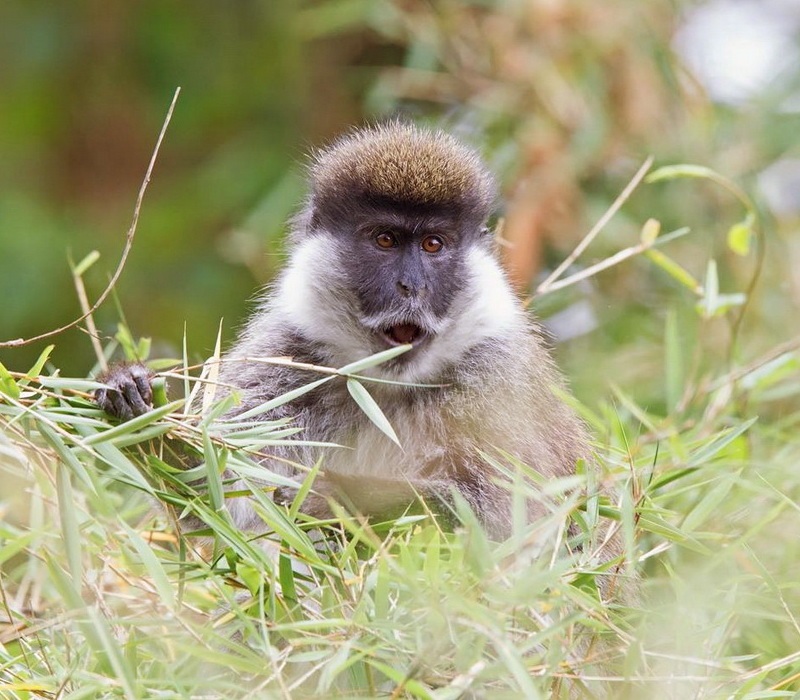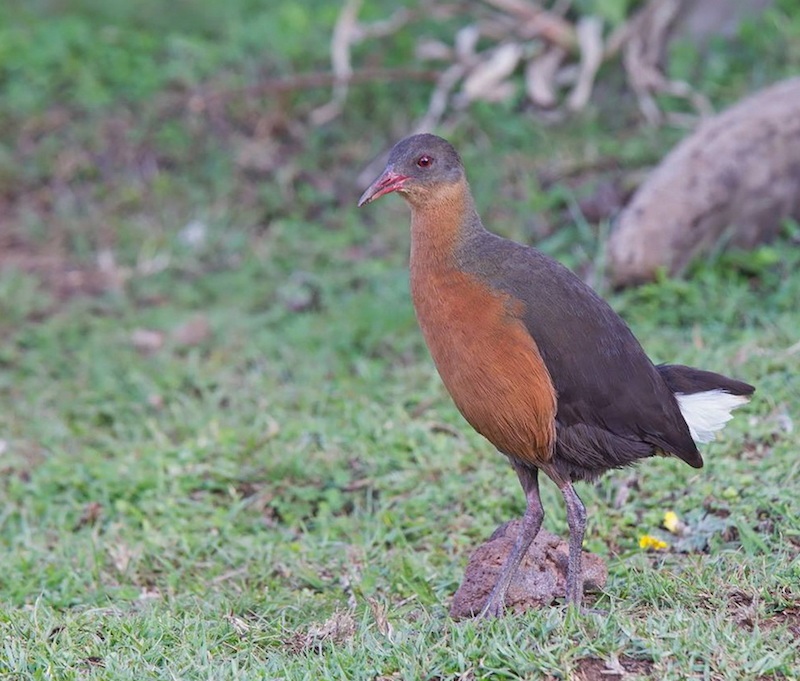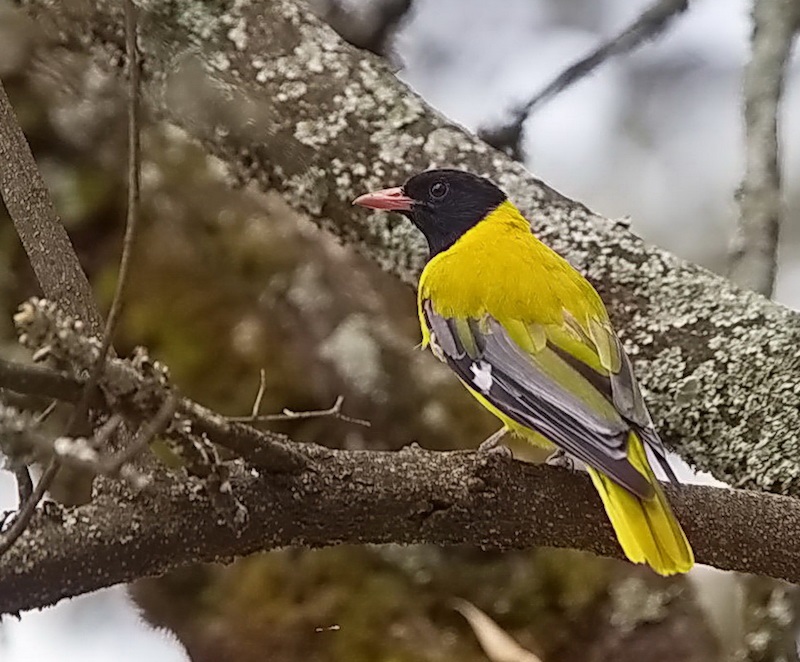In recent years, Ethiopia has rightly become one of Africa’s leading birding destinations. Its avifauna represents an interesting mixture of eastern and west African, Palearctic and endemic components. In addition to over 800 species of birds, of which a staggering 37 are endemic or near-endemic, Ethiopia has a number of spectacular endemic mammals, and a scenic diversity and cultural uniqueness that are probably unequalled in Africa.

The highlands, which dominate the centre and north of the country, are bisected by the Rift Valley, and fall away to arid desert and bushlands in the north, south and east, and to moister woodland in the west. Much of the highlands are covered by agriculture, but there still exist considerable tracts of Afro-alpine shrubland and Afromontane forest.

For birders, the most popular access to really high altitude is the Bale Mountains National Park in the south-eastern highlands. Here the highest all-weather road in Africa crosses the Sanetti plateau (4377m); allowing easy access to alpine moorlands, grasslands and lakes. Highland endemics such as Spot-breasted Lapwing, Erlanger’s Lark and Rouget’s Rail occur alongside giant lobelias and Ethiopian wolves.

The Bale Mountains also curiously hold a number of species not found elsewhere in sub-Saharan Africa, such as Ruddy Shelduck, Golden Eagle or Red-billed Chough. Other more widespread highland endemics found here and elsewhere include Blue-winged Goose, Black-headed Siskin, Wattled Ibis, and Abyssinian Longclaw.

Ethiopian forest endemics are accessible at such forest patches as those at Wondo Genet and Lake Langano’s eastern shore in the Rift Valley, Dinsho and the Harenna Forest in the Bale Mountains, and several sites within easy striking distance of Addis Ababa, including Debre Libanos, Menagesha Forest, and the Entoto Hills. They include Yellow-fronted Parrot, Abyssinian Woodpecker, White-cheeked Turaco, Abyssinian Catbird (actually a babbler), White-backed Tit, Abyssinian Slaty Flycatcher and Abyssinian Oriole. Other forest species particularly worthy of mention include Ayre’s Hawk Eagle, Abyssinian Ground Thrush, African Hill Babbler, Abyssinian Crimsonwing and Green-backed Twinspot.

Other highland localities deserving special mention include the Jemma River Valley north of Addis Ababa, which is the easiest place to see the highly localized and endemic Harwood’s Francolin, as well as many other exciting more widespread species of the northern highlands including Erckel’s Francolin, White-billed Starling, Rueppell’s Black Chat, Nyanza Swift and White-winged Cliff Chat. One of Ethiopia’s four highly localized endemic serins, Ankober Serin, is also a highland species, occurring along the spectacular Ankober escarpment north of Awash.
The Rift Valley, punctuated by several large lakes, offers few endemics but very diverse and enjoyable savannah and wetland birding. Some of the several excellent birding sites in the Rift Valley are Lake Langano, Awash National Park and Nechisar National Park, offering amongst many others African Swallow-tailed Kite, Abyssinian Ground Hornbill, Arabian Bustard, Somali Fiscal, and Gillet’s, Red-winged, White-winged and Singing Bush Larks, and a host of Afrotropical and Palearctic migrant waterbirds.

In the south of the country, high diversity and high endemism combine to offer absolutely superb birding. Sought-after specials of the wonderful region bounded by Yabelo in the west and Negele in the east include the endemic Rupoli’s Turaco, White-tailed Swallow, Ethiopian Bush Crow and Liben Lark. Many of these species are highly threatened by agriculture and rangeland degradation, in particular the Liben Lark, of which only a few hundred individuals now remain in a small patch of grassland near Negele.
In addition, this region offers a number of exciting dryland species shared with far northern Kenya and Somalia, such as Short-tailed Lark, Red-naped Bush Shike, African White-winged Dove, Somali Crombec, Pringle’s Puffback, Northern Grosbeak-Canary, Juba Weaver, Black-bellied Sunbird, Salvadori’s Serin, Yellow-vented Eremomela and Vulturine Guinea-fowl. Farther south still, the far-flung bushlands between Bogol Mayo and the Somali border at Dolo Odo are occasionally visited by birders for such species as Philippa’s Crombec and a chance of Heuglin’s Bustard.

In the far west of the country, along the Sudanese border, low-lying plains are cloaked with moister woodland supporting an avifauna quite unlike that of the rest of the country. This area is strongly influenced by Guinea-Congolean species more characteristic of West Africa, and specials include Egyptian Plover, Gambaga Flycatcher, Levant Sparrowhawk (perhaps a rare summer migrant); Pygmy Sunbird, Black-rumped Waxbill, Black-faced and Bar-breasted Firefinches, Yellow-bellied Hyliota, Little Green & Red-throated Bee-eater, Chestnut-crowned Sparrow-weaver and Green-backed Eremomela.
Ideally one needs to rent a four-wheel-drive vehicle to do a visit to Ethiopia justice, although it is possible to fly to many areas, including the historically fascinating north. Most birders visit during the dry northern winter (October-March) when Palearctic migrants are abundant, but it is possible and productive to visit at all times of the year. Over 500 species can be recorded on a thorough three-week trip.
Major Source: Fatbirder
Map Source: Googlemaps™
Photo Source: © Birding Ecotours
